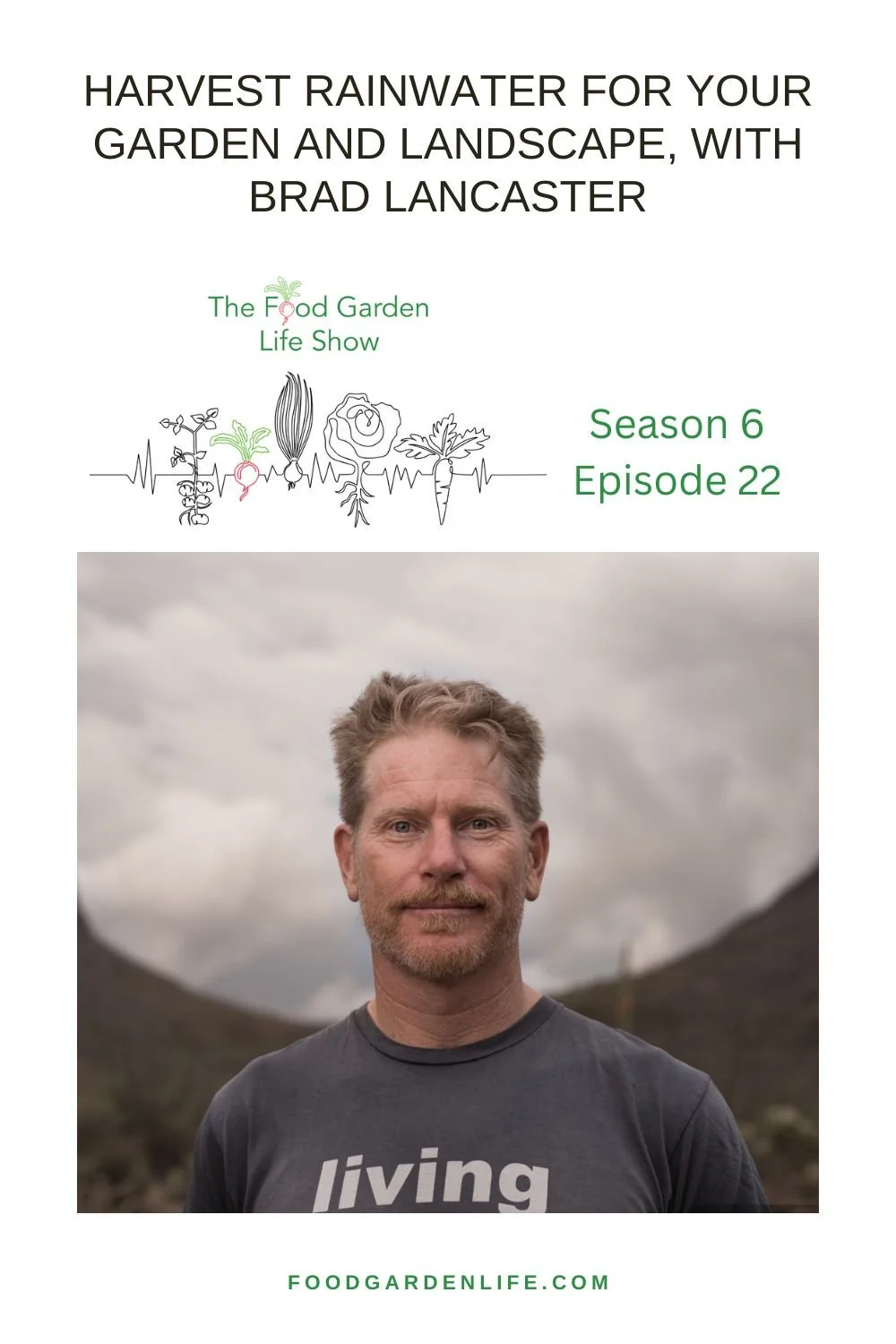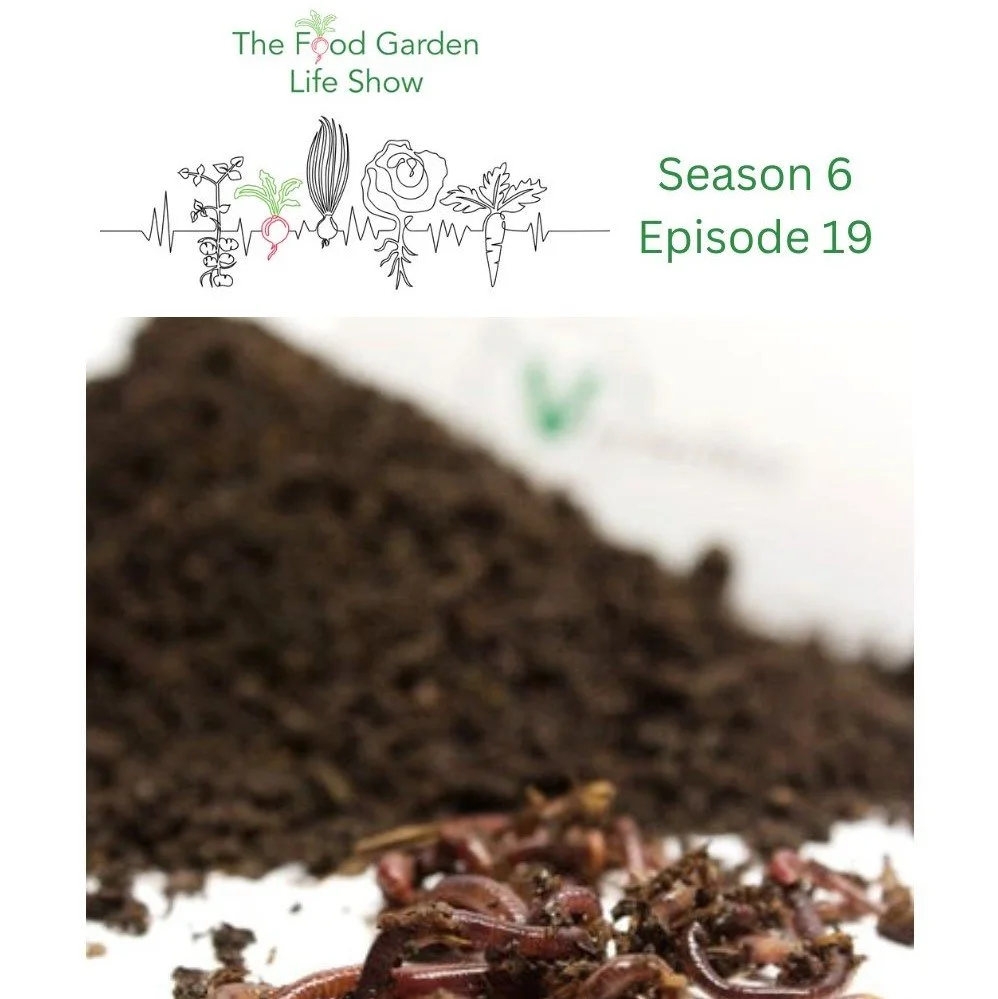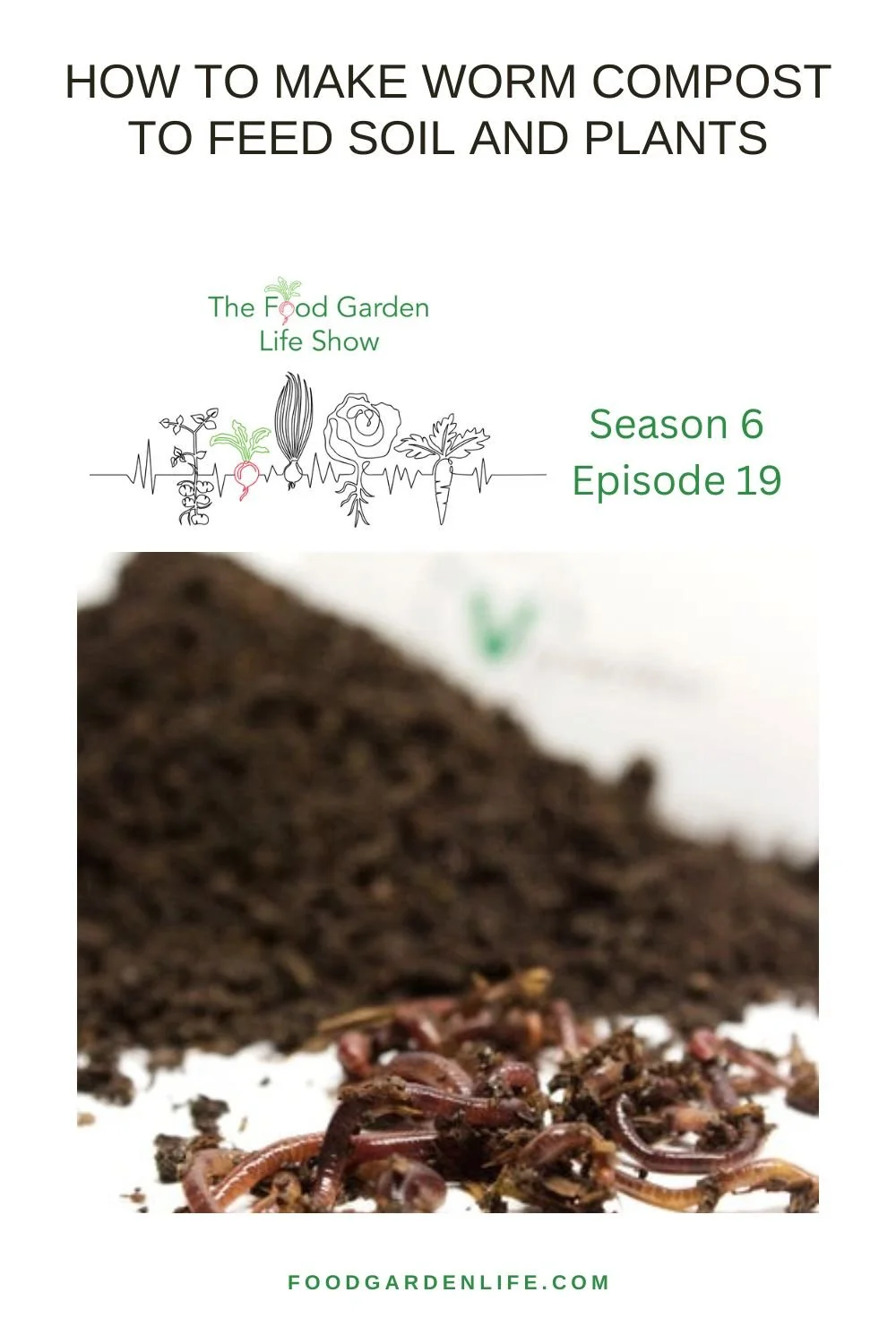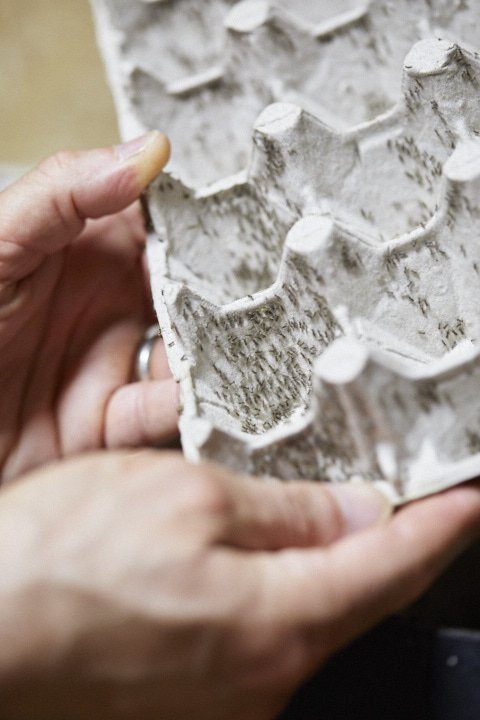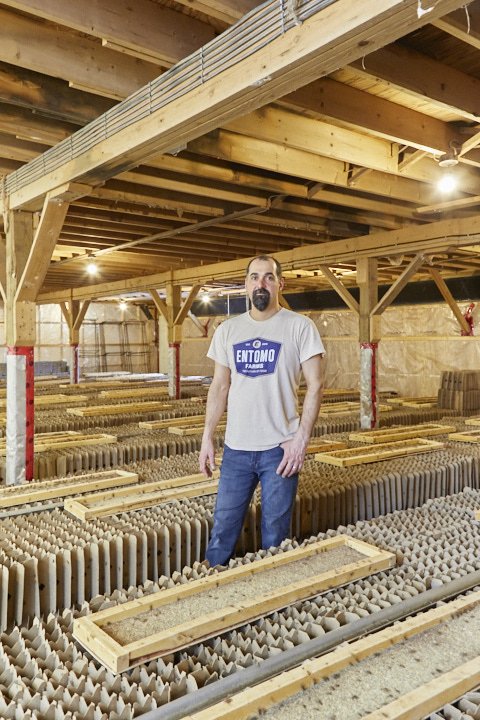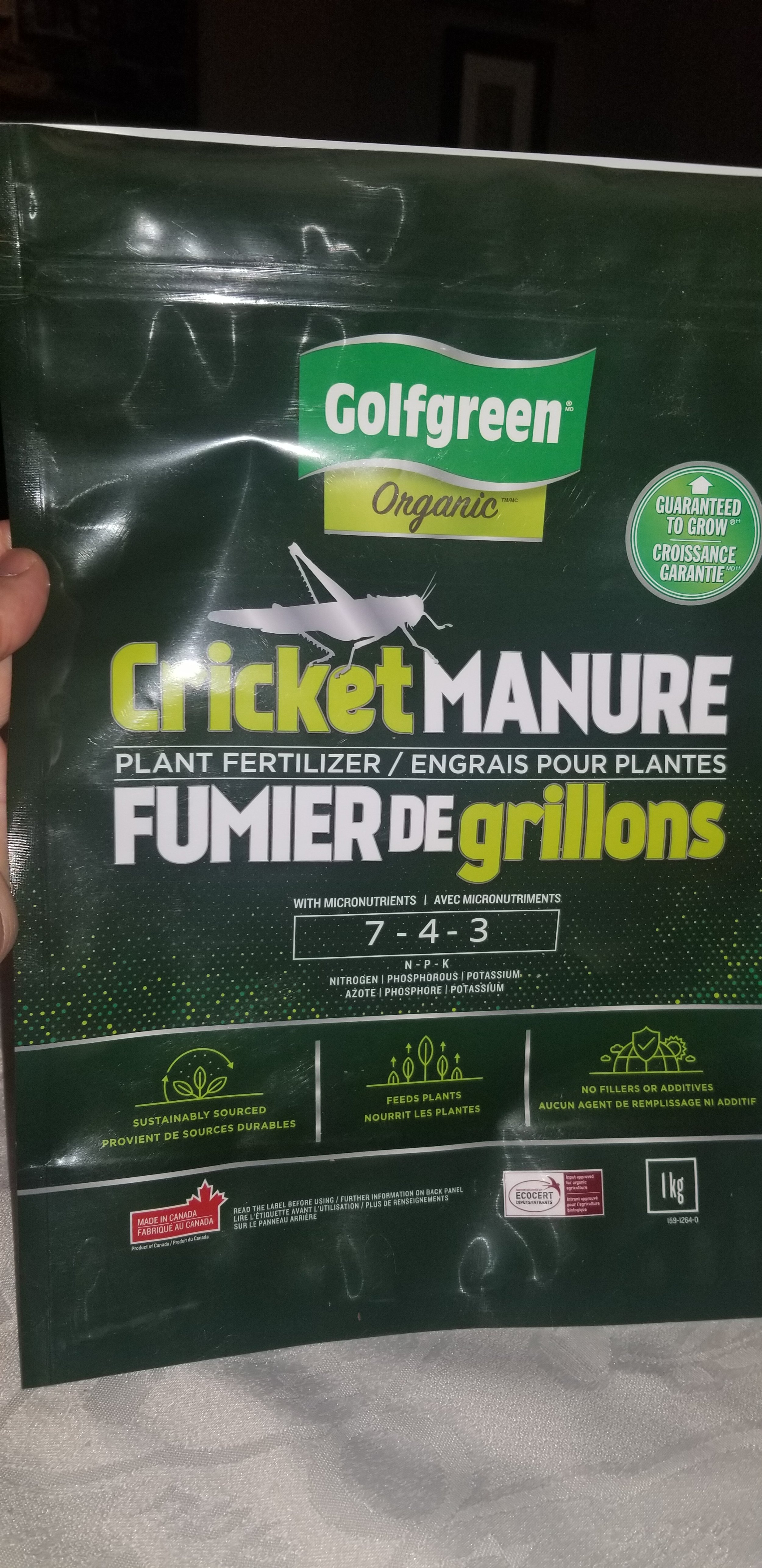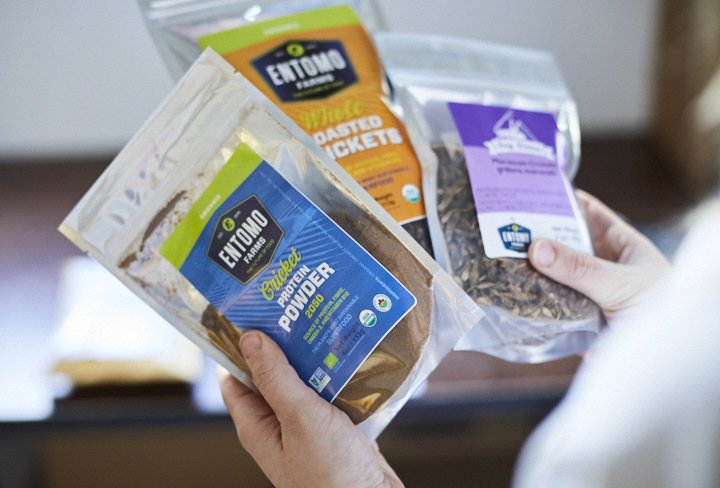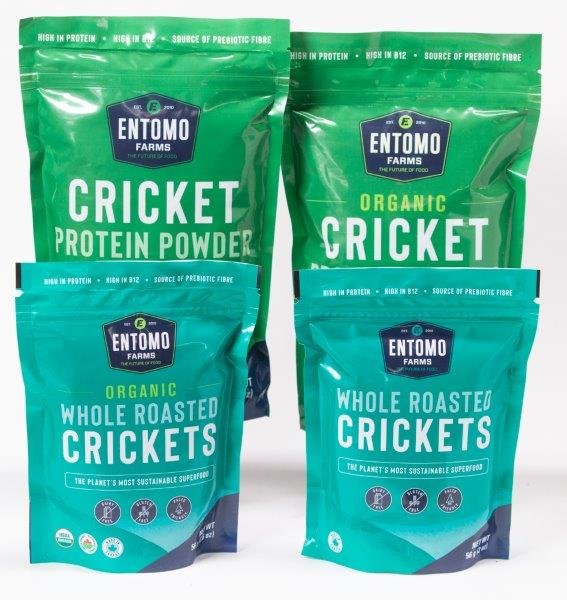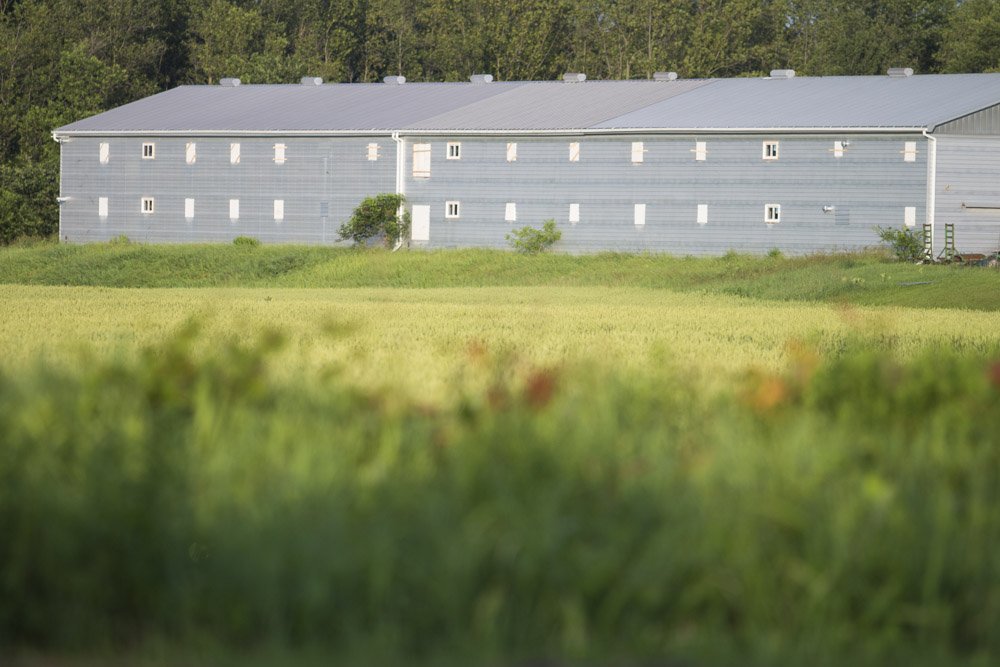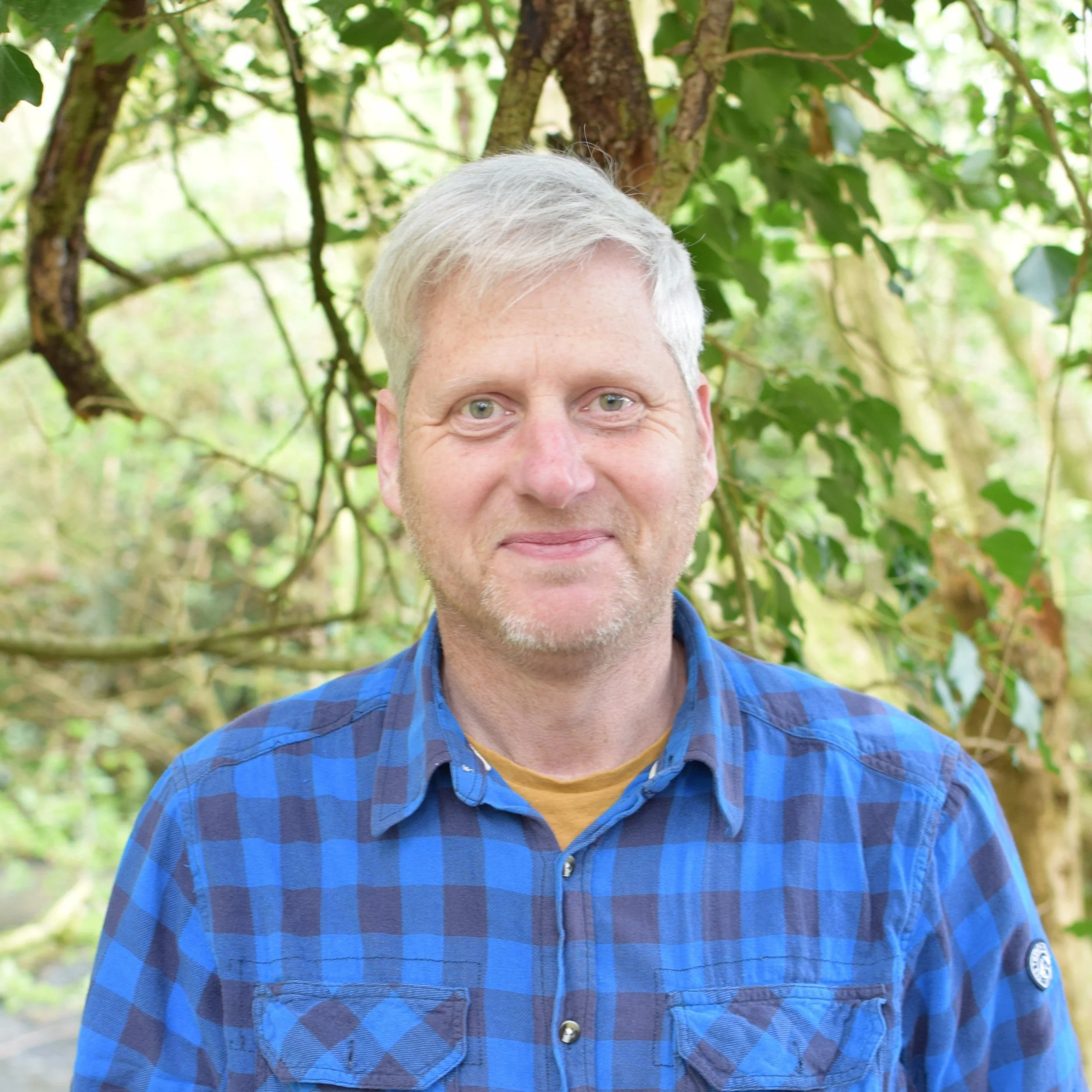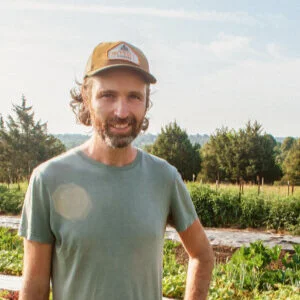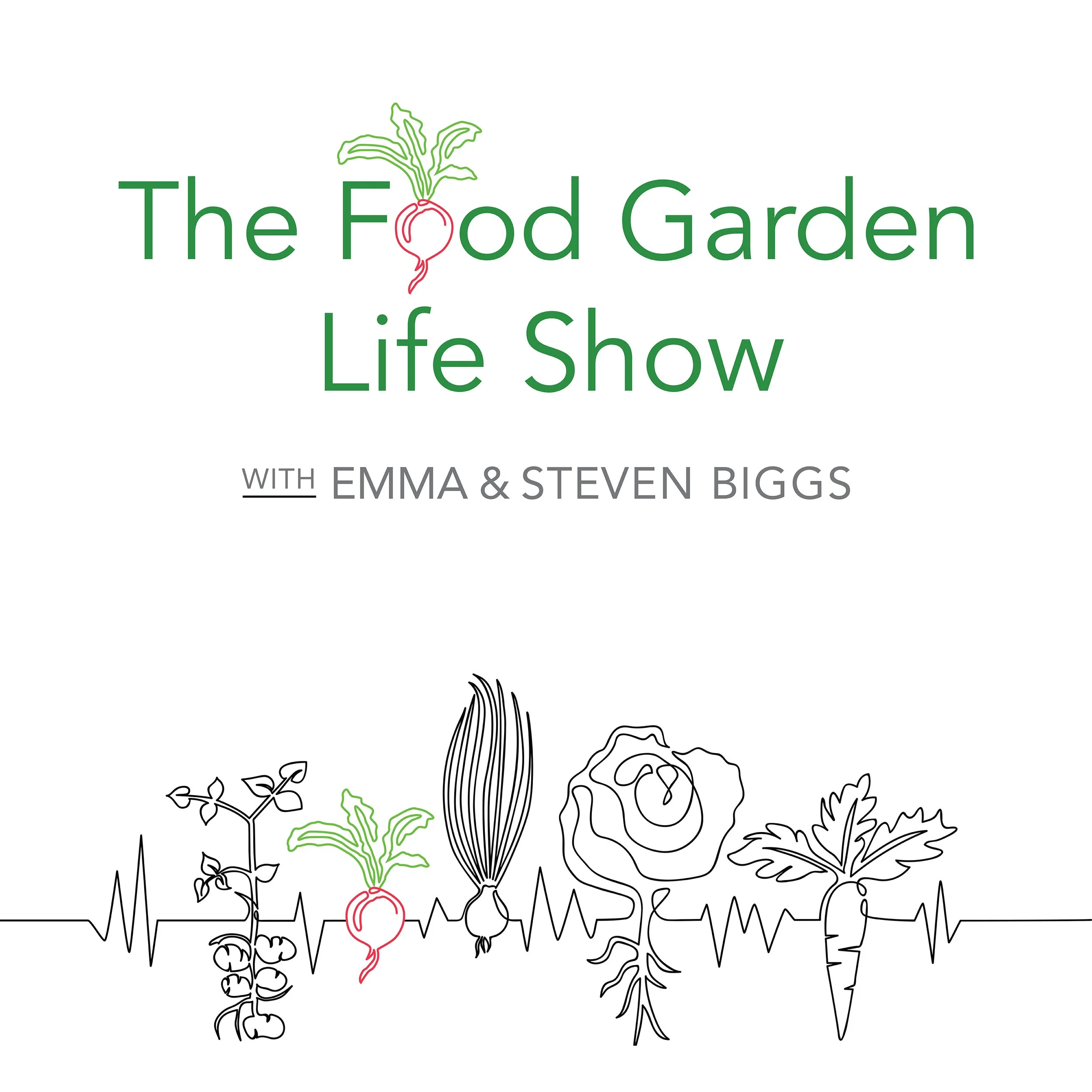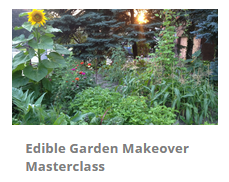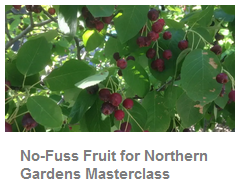Harvest Rainwater for Your Garden and Landscape
Harvesting rainwater with Brad Lancaster.
Rainwater Harvesting and Natural Air Conditioning
Brad Lancaster is a permaculture and regenerative-design consultant and educator. His specialty is sustainable landscapes.
We chat with Brad about using the landscape to harvest rainwater. And about using the landscape as a living air conditioner.
Brad also talks about a very inspiring project that he helped spearhead, a community food forest.
We talk about:
Using permaculture principles in landscaping
How to harvest rainwater in the landscape
The connection between landscapes and cooling
Using the soil and "speed bumps" in the landscape to make it a living sponge
Selecting plants to suit the landscape
The Dunbar Springs Urban Food Forest
Brad is the author of Rainwater Harvesting for Drylands and Beyond.
How to Feed Soil and Plants with Worm Compost (Vermicompost)
Worm compost and worm composting with Andrew Huxsel from Vermibec.
Worm Castings
Andrew Huxsel joins us from St Placide, Quebec to tell us about worm composting. Also known as vermicomposting.
Andrew runs Vermicbec, a company that sells worms and worm compost.
We talk about:
How vermicomposting works
Using vermicompost (a.k.a. worm castings or worm wompost)
Large scale vs. home-scale vermicomposting
Top tips for home gardeners wanting to try worm composting (If you’ve tried it and had bug problems, Andrew tells you how to solve the problem)
Cricket Frass as Fertilizer and Crickets as Food
Jarrod Goldin from Entomo Farms talks about cricket frass as a fertilizer and about producing food-grade crickets.
Jarrod Goldin from Entomo Farms talks about cricket frass as fertilizer and about crickets as food.
105 Million Head of Livestock
Jarrod Goldin, one of the founders of Entomo Farms, talks about how he and his brothers got into the business of raising food-grade crickets, the use and benefits of crickets as a food source — and about using cricket frass as a fertilizer.
Cricket Frass Fertilizer
Frass: It’s the word for insect excrement. If you’re wondering what cricket frass looks like, Goldin describes it a sand-like in texture and light coloured.
Entomo Farms initially treated it as a waste product. They gave some away, and stored some on the farm.
After seeing how well vegetation grew where they had piled the frass, and after hearing anecdotally about its use as a plant feed, Entomo Farms began to study the use of the frass as a fertilizer.
Initial trials on fields of hay have shown surprisingly large yield increases, along with longer-term residual effect.
Entomo Farms cricket frass is now available commercially.
Connect
Entomo Farms: entomofarms.com
Build Soil Health with Wood Chips
Ben Raskin, author of The Wood Chip Handbook, talks about using wood chips in the garden and in agriculture.
Ben Raskin, author of The Woodchip Handbook, talks about using wood chips in gardens and agriculture.
Wood chips: They’re abundant, inexpensive, and renewable. There are many possible applications in horticulture.
Uses of Wood Chips
Wood chips have many uses in gardens, farms, and landscapes:
Mulch to suppress weeds and conserve moisture
Heat for propagation
Growing media
High-carbon ingredient for composting systems
Soil amendments
Ben Raskin’s new book is The Wood Chip Handbook.
He sees a lot of untapped opportunity for wood chips in horticulture. He uses wood chips at the agroforestry farm he manages. And through his work as the head of horticulture and agroforestry at the Soil Association, talks to growers and researchers working with wood chips.
If this episode piqued your interest in wood chips, tune in to the October 2021 episode entitled, Compost Heater Heats a Hot Tub.
Compost Heater Heats a Hot Tub
Tom Bartels heats a hot tub and feeds his garden with wood-chip compost.
Tom Bartels heats a hot tub and powers his garden with wood-chip compost.
A wood-chip compost pile steams up this hot tub.
Today we visit a Colorado garden at an elevation of 6,500 feet. This episode co-hosted by Ryan Cullen, farmer at City of Greens.
Tom Bartels harvests 1,000 pound of fresh produce a year from his 1,300-square-foot garden, even though he has only 130 growing days.
Bartels uses a large amount of compost in his garden to maintain healthy soil. Much of that compost comes from wood chips.
But wood chips do more than feed his soil: They generate heat as they decompose. He can heat an outdoor hot tub through two Colorado winters with a pile of wood chips. No combustion is needed.
Heat from Wood Chips
Bartels says that many arborists pay to discard wood chips. By composting them, he removes them from the waste stream and gets both heat and compost for free.
The wood-chip pile used to heat the hot tub is approximately 6 feet tall and 12 feet in diameter. As he builds the pile, Bartels wets the wood chips and coils plastic piping within the pile.
The added moisture makes conditions suitable to microbial growth, while the water-filled plastic piping collects heat generated within the pile as microbes break down the wood chips.
Over two winters, the decomposing pile of wood chips generates the heat equivalent of burning 7 cords of wood. The temperature inside the pile gets as high as 150°F, and it stays warm enough to heat the hot tub for about 18 months.
From Heater to Compost
As microbial action slows down and the temperature within the pile drops, Bartels adds worms to speed up the composting process.
After another two or three months, the wood chips have been transformed into finished compost—worm castings—ready for the garden.
The wood chips that heated the hot tub for two winters are turned into 50 wheelbarrow loads of worm castings.
Tips for Wood-Chip Heating
Bartels explains that the right mix of wood chips makes the process work better. A blend of chipped coniferous wood as well as chipped small-diameter deciduous branches is ideal. This is because the small-diameter deciduous branches container more nitrogen—giving a ratio of carbon to nitrogen conducive to heat generation.
Here are Bartels’ wood-chip heating tips:
Have enough nitrogen in the pile. To be safe and make sure there’s enough nitrogen within the pile to give him good heat generation, Bartels says he adds about 5 per cent sheep manure. He also adds sawdust, which, he eplains, acts as a “bridge fuel” while the breakdown of the chips gets underway.
Have enough moisture in the pile. Bartels estimates that there are 4,000 gallons of water suspended within the pile. That’s a good thing because moisture is needed for optimal microbial activity. To keep moisture levels high, Bartels leaves the wood chips uncovered for the entire 18 months, allowing rain and snow to replenish moisture levels.
Greenhouse Wood-Chip Heating
Bartels sees opportunity for this sort of system beyond his demonstration hot tub.
He says that such systems are currently used to heat greenhouses and radiant floor heating systems.
Interviews
Choose-Your-Own-Adventure No Till
Jesse Frost on his choose-your-own-adventure approach to no-till
No-till expert Jesse Frost talks about soil and about choosing an approach to no-till suited to local conditions.
In this rebroadcast of the radio show that aired live on July 7th, we talk about soil and no-till practices with market gardener, farm journalist, and podcaster Jesse Frost.
He’s the host of The No-Till Market Garden Podcast, and he and his wife are no-till farmers at their Rough Draft Farmstead in Kentucky.
Frost’s new book is The Living Soil Handbook.
Choosing a No-Till Model
Frost says that there is no one-size-fits-all model of no-till growing.
It depends on the context — things such as soil, rainfall, climate, and the crops being grown.
No-till is as varied as the growers using it.
3 Principles to Grow By
A successful no-till system goes beyond not tilling.
Frost suggests three principles growers and gardeners can use to guide their approach to tillage:
Disturb the soil as little as possible
Keep the soil covered as much as possible
Keep the soil planted as much as possible



